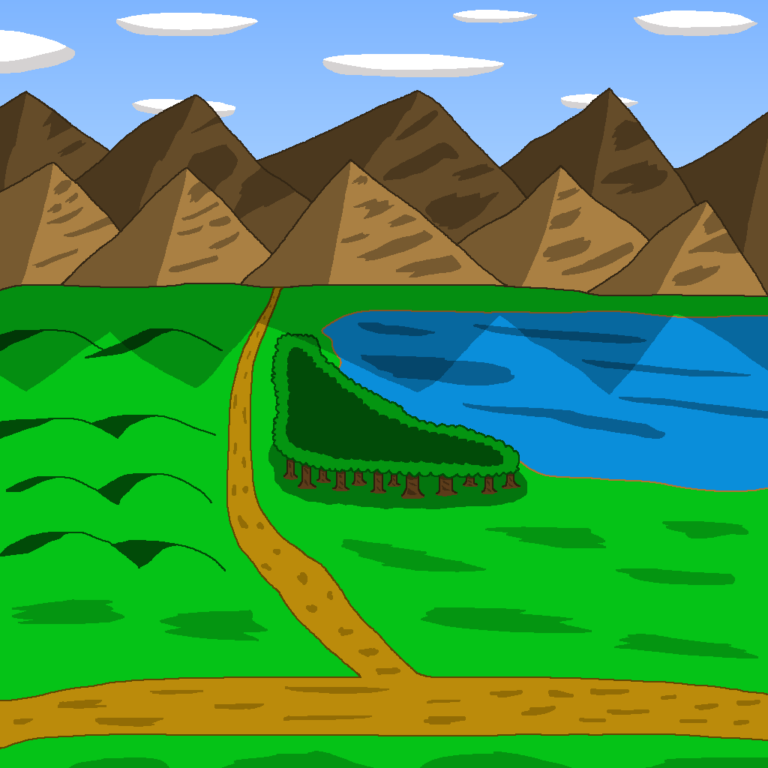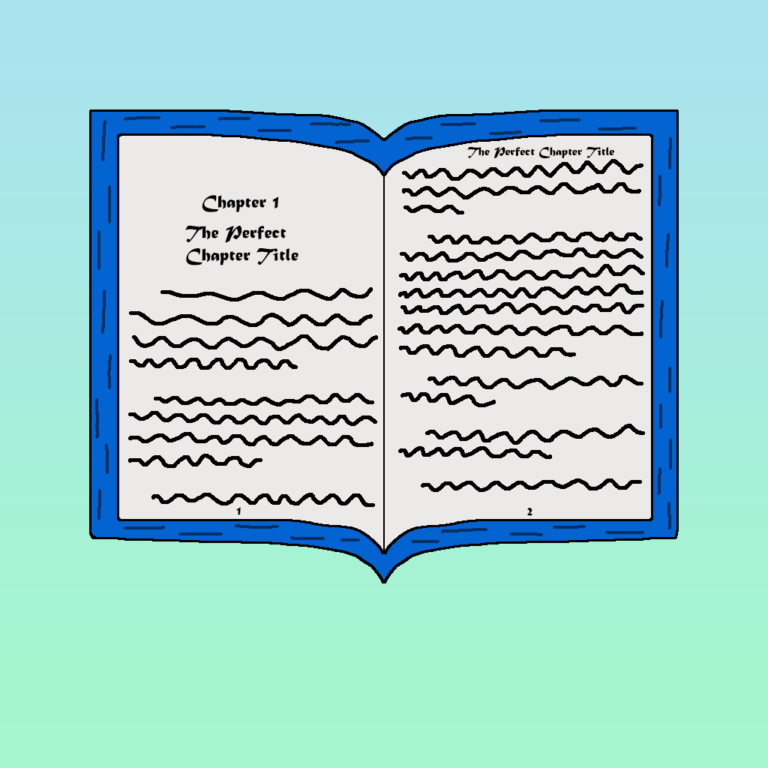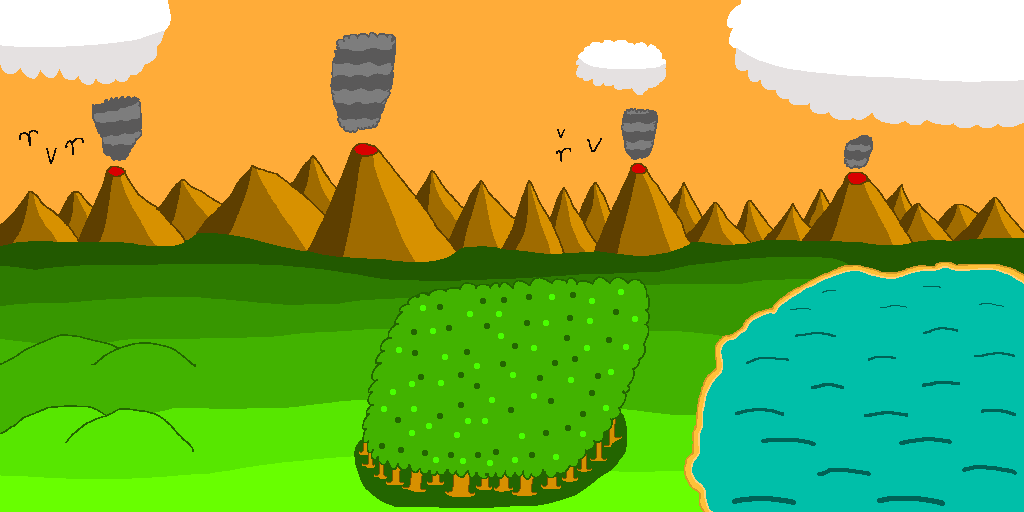Join US
Do you want to build the fantasy world you’ve always dreamed of?
Subscribe to receive notifications when a new post is out and for our monthly newsletter!
You can always unsubscribe anytime.


You’ve edited your book more than once and feel like you’ve gone as far as you could in terms of polishing it. You’d ready to have a professional editor come in and take a look at it to see what changes they recommend. The thing of it is, there are different types of editors and each one does something the others don’t though in some cases there are some who provide multiple services. The key thing is to go with the one(s) you feel like you need the most.
In this article, we’ll take a look at the four types of editors that are the most popular. The first of which is the developmental editor. This particular type tends to adopt a ‘big-picture’ approach, meaning they look at the story structure and content.
Secondly, the line editor gets more into the weeds, focusing on the writing style and sentence flow. The goal here is to make it easy for readers to understand exactly what each sentence says so they don’t get lost in what’s going on in the story.
Of the four types of editors, the copy editor is grammar-oriented. He ensures that the correct grammar and punctuation are used throughout the novel. Doing this ensures that the book looks professional as readers have a hard time getting into the plot if there’s too many errors which conveys a lack of professionalism.
The fourth and final type, the content editor merely analyzes the overall structure of the book, using a ‘big picture’ approach. While this sounds similar to the developmental editor in terms of approaches, the difference between the two is that the content editor simply looks at the structure of the manuscript whereas the developmental editor examines the story structure.
This is number forty-nine in the series chronicling how to write a fantasy book. If you wind up liking this one and want to read more, you can find them on our blog page.
Starting with the first of four types of editors, the developmental editor takes a look at how the story and content are structured, typically taking a broad stroke approach. As he goes through a novel, he notes how each scene flows into the next one as well and how the story is organized. The objective here is to create something that has a smooth flow and is well-organized, meaning it’s easy for readers to follow.
The developmental editor also sees how characters develop over the course of the tale. Each character has an arc that should progress naturally and if the editor feels like there’s issues with how a character develops, he will make notes and give you some suggestions for improvement.

In addition to focusing on character development, this editor also assesses how the plot progresses, something the other types of editors don’t do. The plot should progress organically and not feel forced with a surprising twist here and there that upends it. If the developmental editor feels like it doesn’t advance naturally or if it’s uneven, he’ll jot down some ideas on how to make it flow better.
Another thing the developmental editor reviews is the story pace. The pace should be right at all points in the novel and it should match the intensity of the scene, especially one that’s a critical juncture in the plot. The editor will see how the pace flows and give suggestions on how to make it better.
Should you use a developmental editor? This type of editor is popular since he helps make sure the story hits all the right spots. If you feel like your overall story is lacking, you can’t go wrong with hiring an editor like this to help show you the areas it’s weak in!
The second type, the line editor, is the opposite of the developmental in that he looks at the small details, going all the way down to the sentence-level. His job is to ensure that the book is easily readable by considering how the writing style is used as well as monitoring how sentences flow into each other.
The line editor looks at the grammar, syntax, and tone to ensure that the writing comes off clear and concise. Basically, he evaluates every sentence, checking to see if the overall structure works. You wouldn’t read something if it was jumbled all over the place and you couldn’t figure out what was going on, would you?

Each writer has his own unique style and the line editor wants yours to really shine through the story you created. In areas where he feels it’s lacking, he’ll make some notes and give some ideas on how to refine it so you can incorporate them in your next set of revisions. Giving your readers a clear understanding of your writing style enables them to ease themselves into the world you made, thereby increasing their enjoyment.
It’s imperative that your sentences flow into each other naturally to make things easy for your readers to keep track of what’s going on without missing a beat and that’s where the line editor comes in. The editor’s purpose here is to make your story as readable as possible and he does so by assessing how your sentences jive with each other. For those that require more work, he’ll let you know so you can improve them and make your tale better!
Of the four types of editors, the line editor works with you to ensure that the writing in your book is easy to understand and follow, regardless of the topic. As such, many writers use this particular type of editor to assess how their novels fare so they know what areas they need to work on before they do the final revisions. Only you can make that decision for yourself but should you go for it, your story will be all the better for it!
The copy editor, the third type, pays extra attention to all of a novel’s grammar, punctuation, and consistency. The goal is to make sure that the novel is devoid of any errors and he does so by slowly but surely reviewing these three elements on every single page. It can be a long, arduous process but it’s worth it since it helps make it more professional which readers love!
When writers go through multiple edits and revisions, they also fix whatever grammar or punctuation errors that they missed the first time. However, there will be some that will go undetected and that’s where the copy editor comes in. He can spot the ones they missed and adjust them.

One advantage of using a copy editor besides the other types of editors is that he can help ensure that the manuscript is correctly formatted. Formatting a novel can be easily overlooked since many writers are itching to get to writing and they believe they can just do it later, only to realize that they wound up forgetting. Other times, authors can have their novels formatted incorrectly and they don’t realize it. The copy editor helps with these two issues.
You might think that what the copy editor does sounds awfully similar to that of a line editor. There is a crucial difference between the two. The former simply looks at the mechanical aspects of writing whereas the latter focuses on the writing style and sentence flow. While there’s a bit of overlap here, they examine two different things.
Do you need to use one? If you’re one of these authors who are immaculate in regard to grammar and punctuation, you might not necessarily need to use a copy editor although it never hurts to double-check to see if you missed something! If you’re prone to making grammar mistakes or just want to make sure everything is okay, going with one can’t hurt!
The fourth and final type is the content editor. This one is interesting in that unlike the other types of editors, this one takes a ‘big picture’ approach, much like the developmental editor. He has several key considerations to focus on as he goes through the manuscript.
One such consideration is the sentence structure. He looks at how each sentence is structured and how it compares to the ones that come before and after it. The structure is determined by a variety of factors like grammar and the type of sentence it is. He assesses whether it does its job well and for those that he feel doesn’t, he’ll make recommendations on how to improve them.

Word usage is also important. Using too many of the same words in a close span can be off-putting since it feels repetitious and the content editor fixes them by replacing them with different words that have the same meaning. Variety is the spice of life and it holds true with the words writers use in their novels!
This type of editor also looks at the overall content. He considers how it’s presented and if it’s easy to understand and follow. People don’t want to read something where the story is all over the place and they can’t wrap their heads around it. That’s where the content editor comes in. He notes whatever issues it might have and jots down ideas on how to make it better.
Do you need to use one? Many authors like to use a content editor since they do a wide variety of things due to their ‘big picture’ approach. Should you opt to use one, you can’t go wrong at all!
When you’ve reached the point where you feel like you’ve done all you could, it’s time to have pros step in. You have several types of editors to choose from and it basically boils down to what you feel like your manuscript needs. Regardless of which one you choose, you’ll be working with someone who can and will spot issues that you had no idea existed and that gives you the chance to fix them before you enter the final stages.
The first of the four covered in this article, the developmental editor has two key things to look at: story structure and content. Taking a broad strokes approach, this editor examines the overall flow and how the characters and plot develop over the course of the novel. The developmental editor is a great choice if you want to find out if you have more work to do in that department.
The second type, the line editor, takes the opposite approach of the developmental one. He delves into the granular details, looking at it at the sentence-level. Besides analyzing the grammar, tone, and syntax, he also looks at the writing style. The line editor is superb should you want someone to see if your writing is clear and easy to follow.
Moving into the third of the four types of editors, the copy editor mainly focuses on the grammar and punctuation to ensure that the manuscript is free of these errors. He also looks at its formatting and does what he can do to have it be correctly formatted. There’s no better choice than a copy editor if you want your book to have no grammar errors!
The fourth and last type is the content editor. This type is more overarching than the other three though it adopts a ‘big picture’ approach similar to that of the developmental editor. The sentence structure, word usage, and overall content are among those the content editor focuses on. Due to how many things they do, many authors like to use content editors to help them make their books the best they can be.
The four types of editors do something that the others don’t so when it comes time for you to choose, go with the ones you feel will work the best for you!
Let me know what you think in the comments below. (Note: this is an account-exclusive feature).
If you don’t have one, you can register here. It only takes a few moments of your time!
Liked this article and want to subscribe? All you have to do is fill out the form below and that’s it!
Thanks for reading this and until the next time,
Sunfire
Subscribing means you receive:
You can always unsubscribe anytime.
Do you want to build the fantasy world you’ve always dreamed of?
Subscribe to receive notifications when a new post is out and for our monthly newsletter!
You can always unsubscribe anytime.